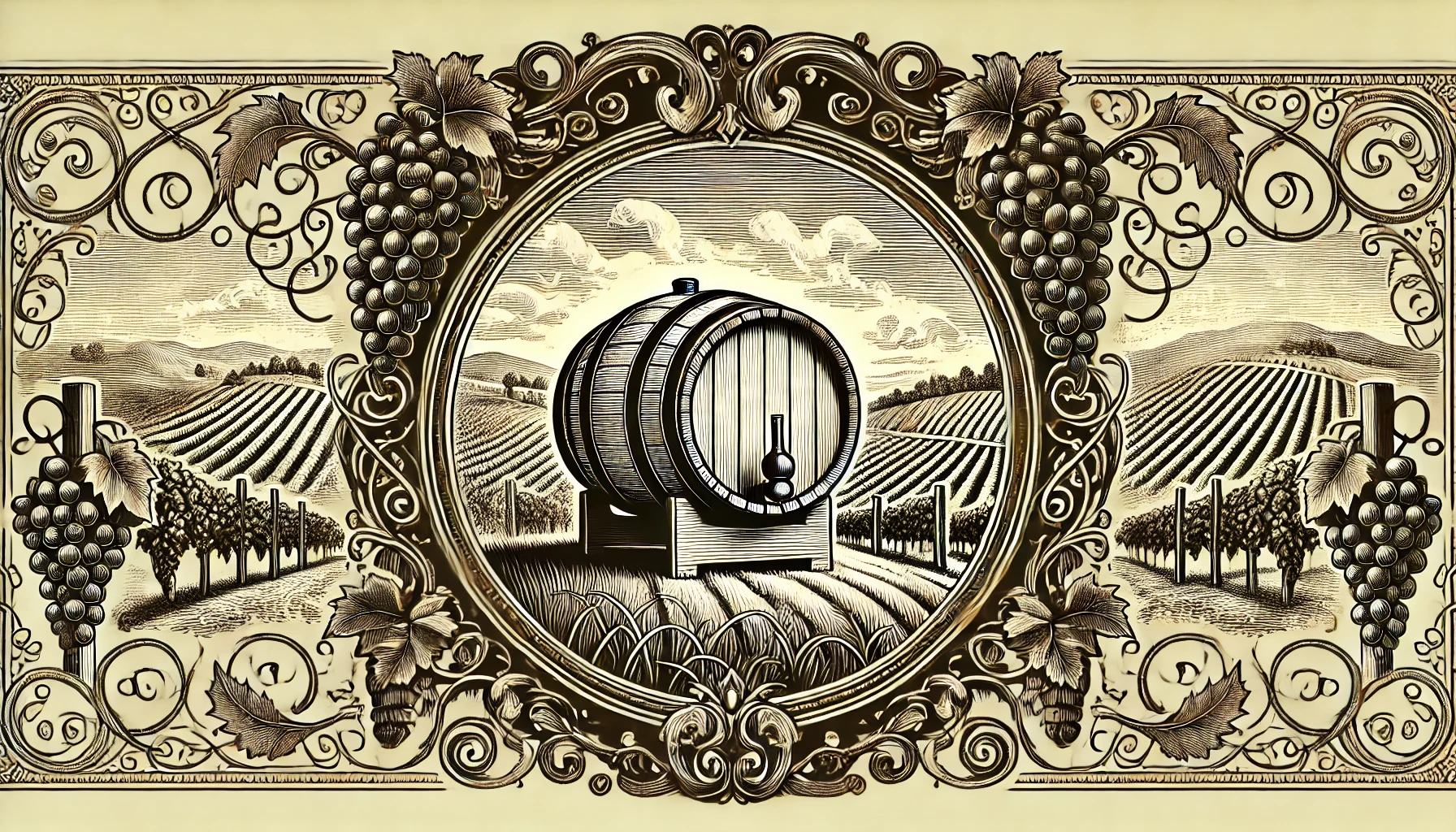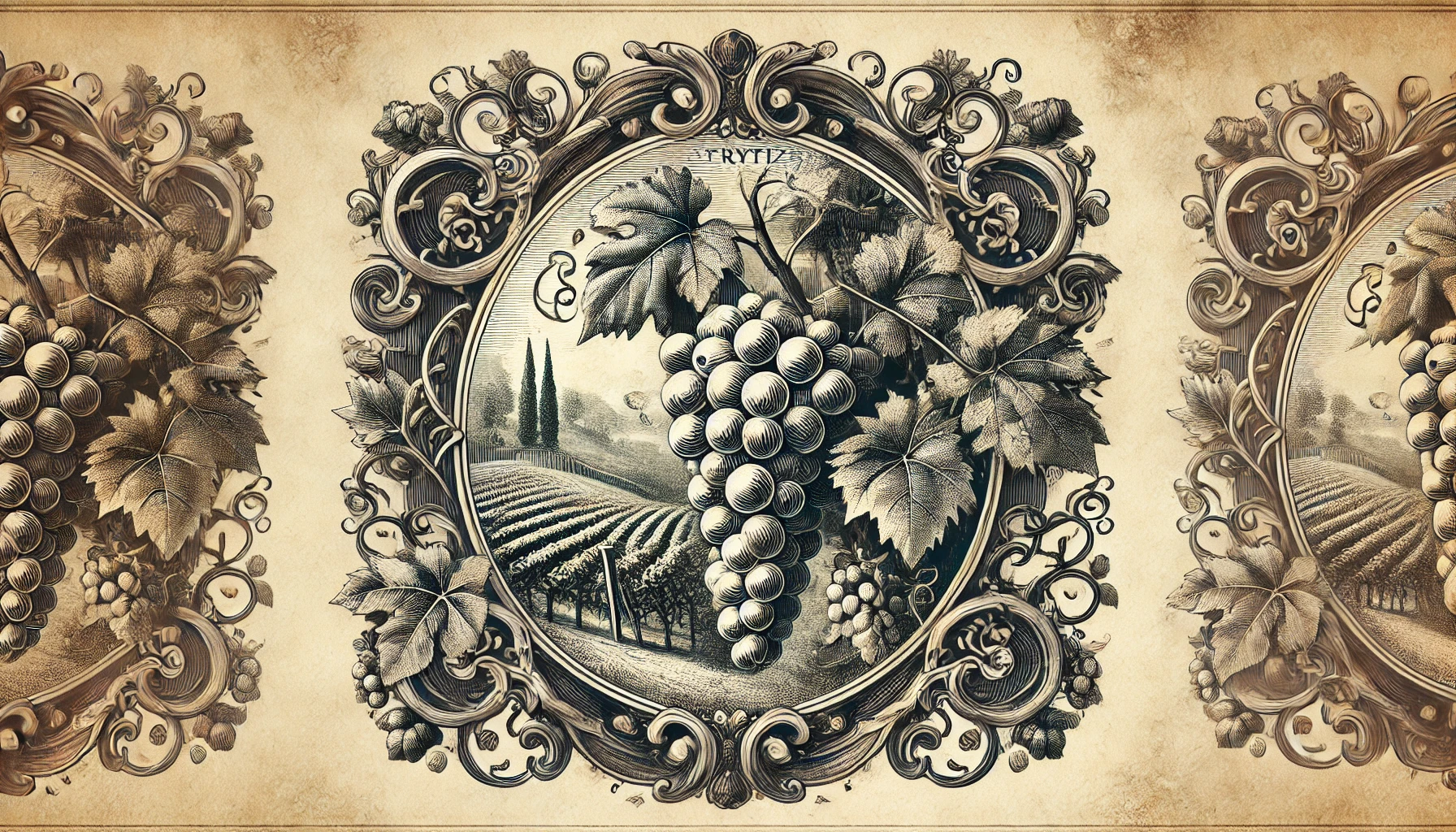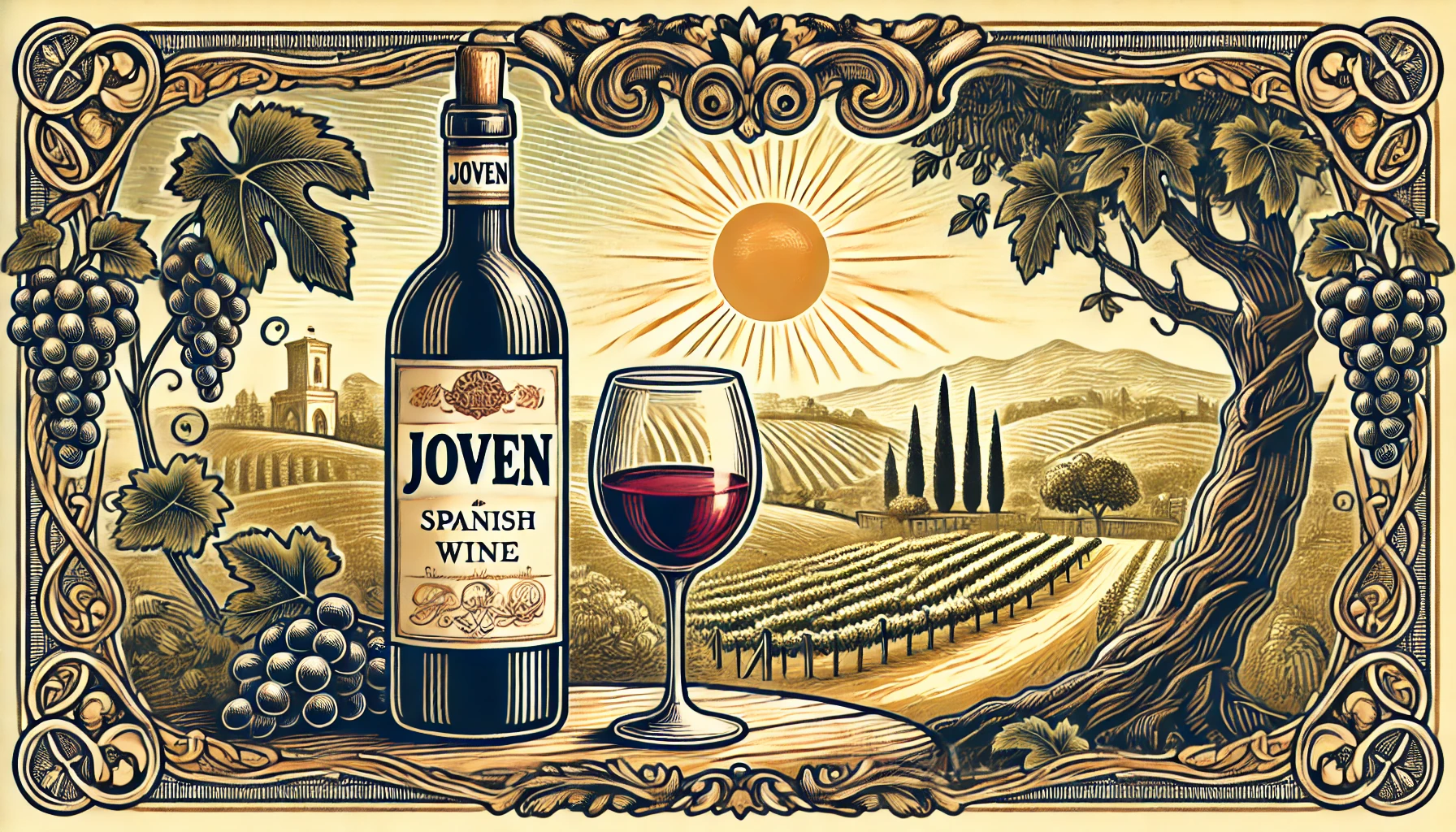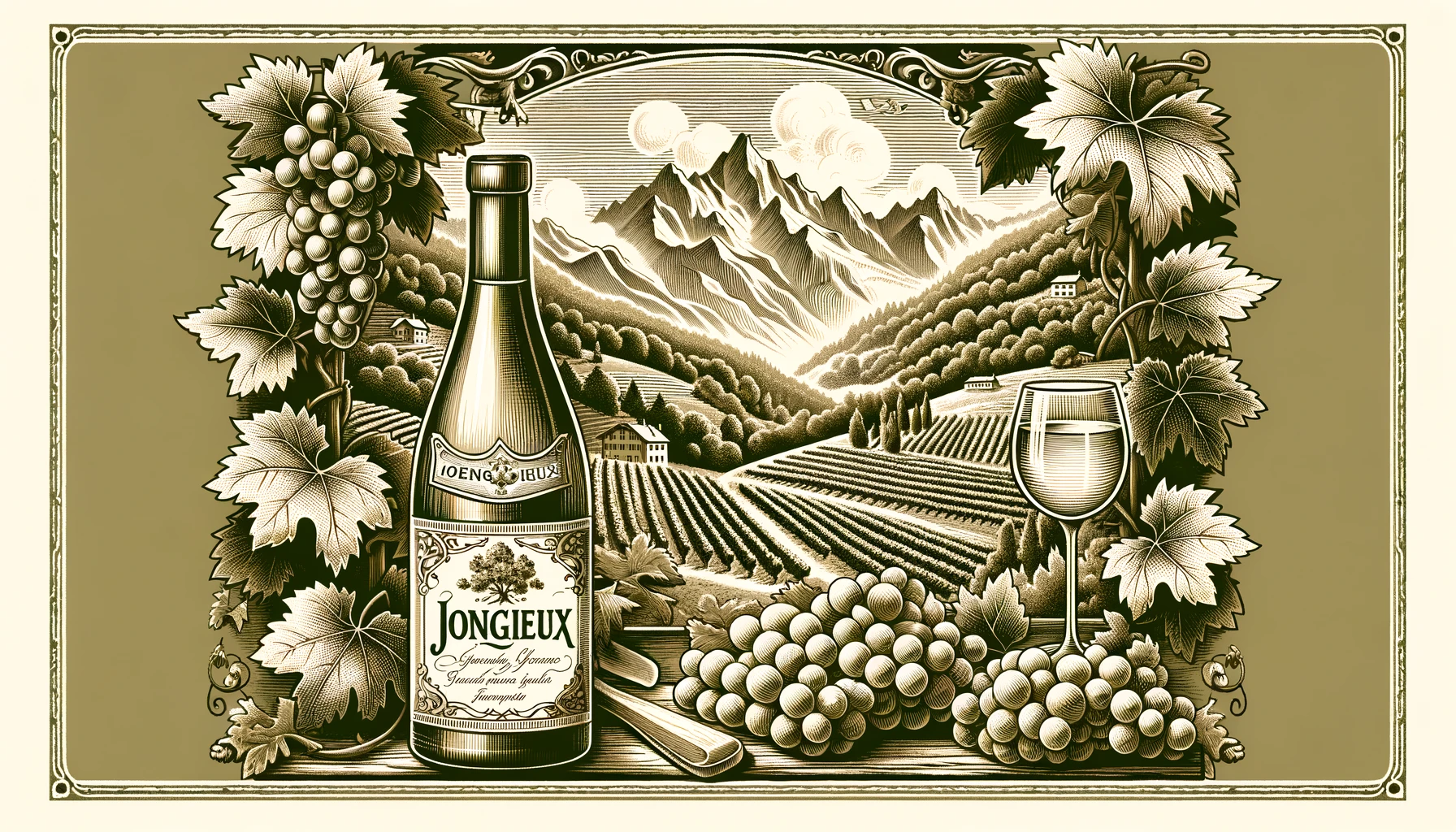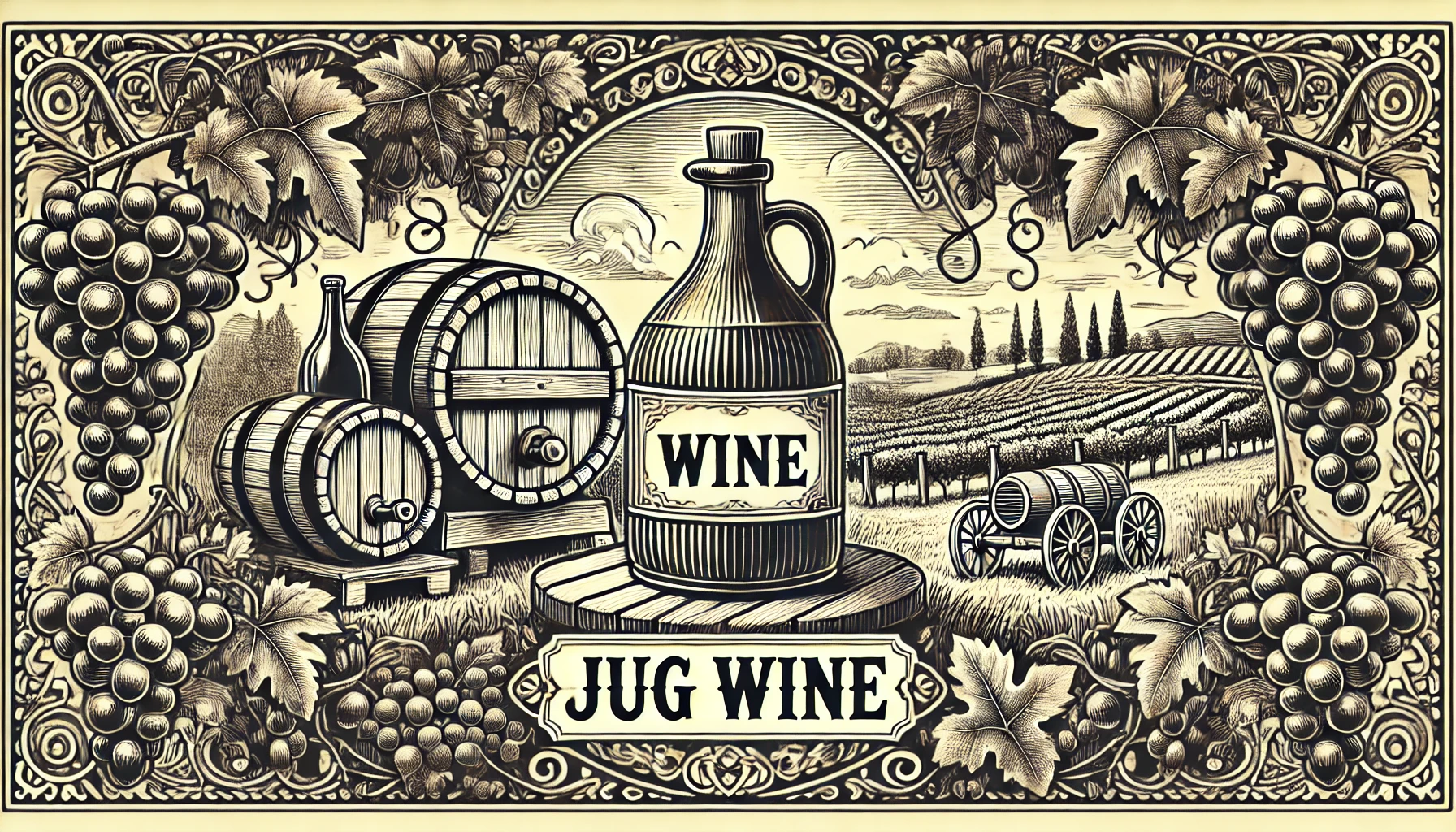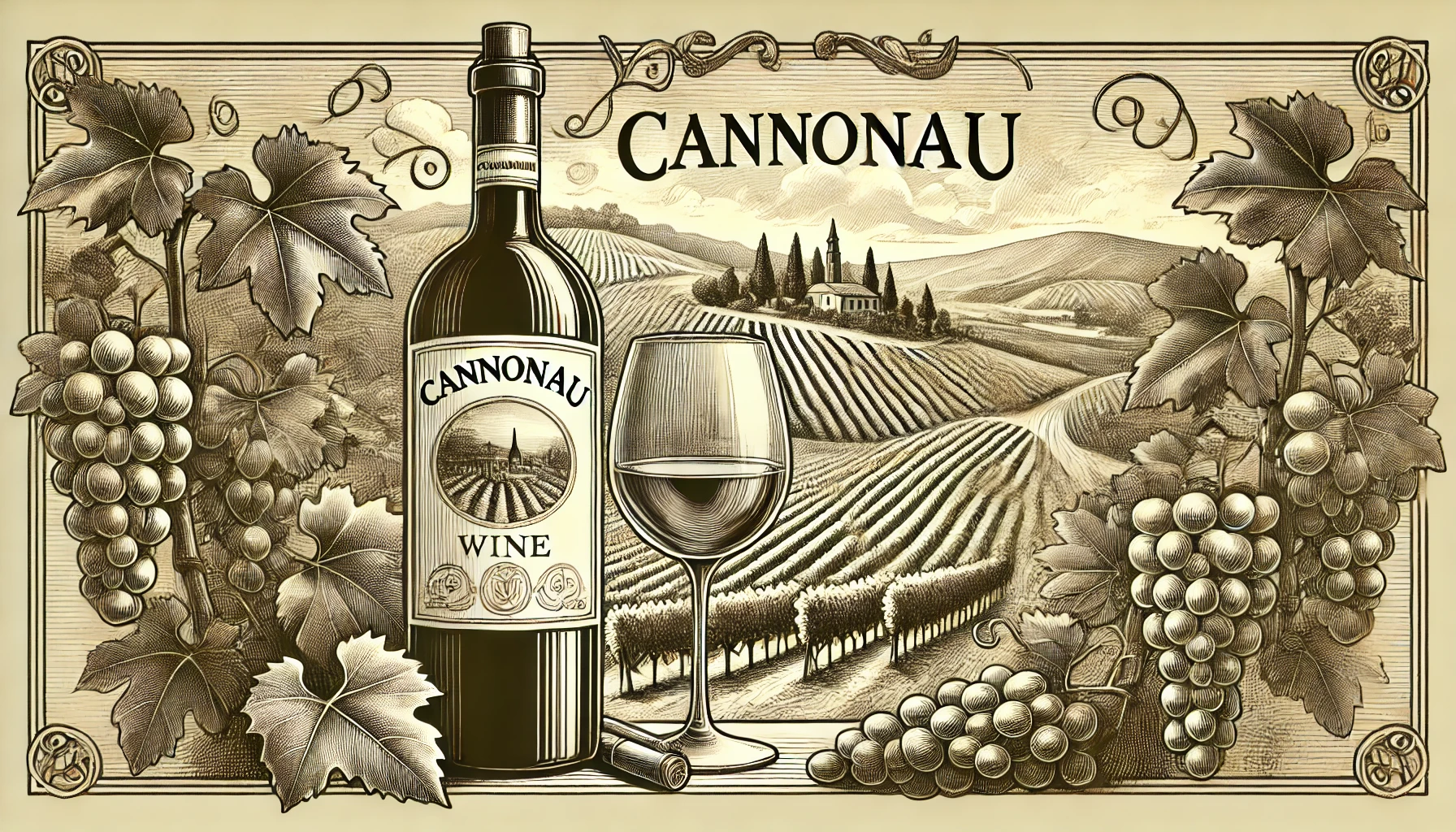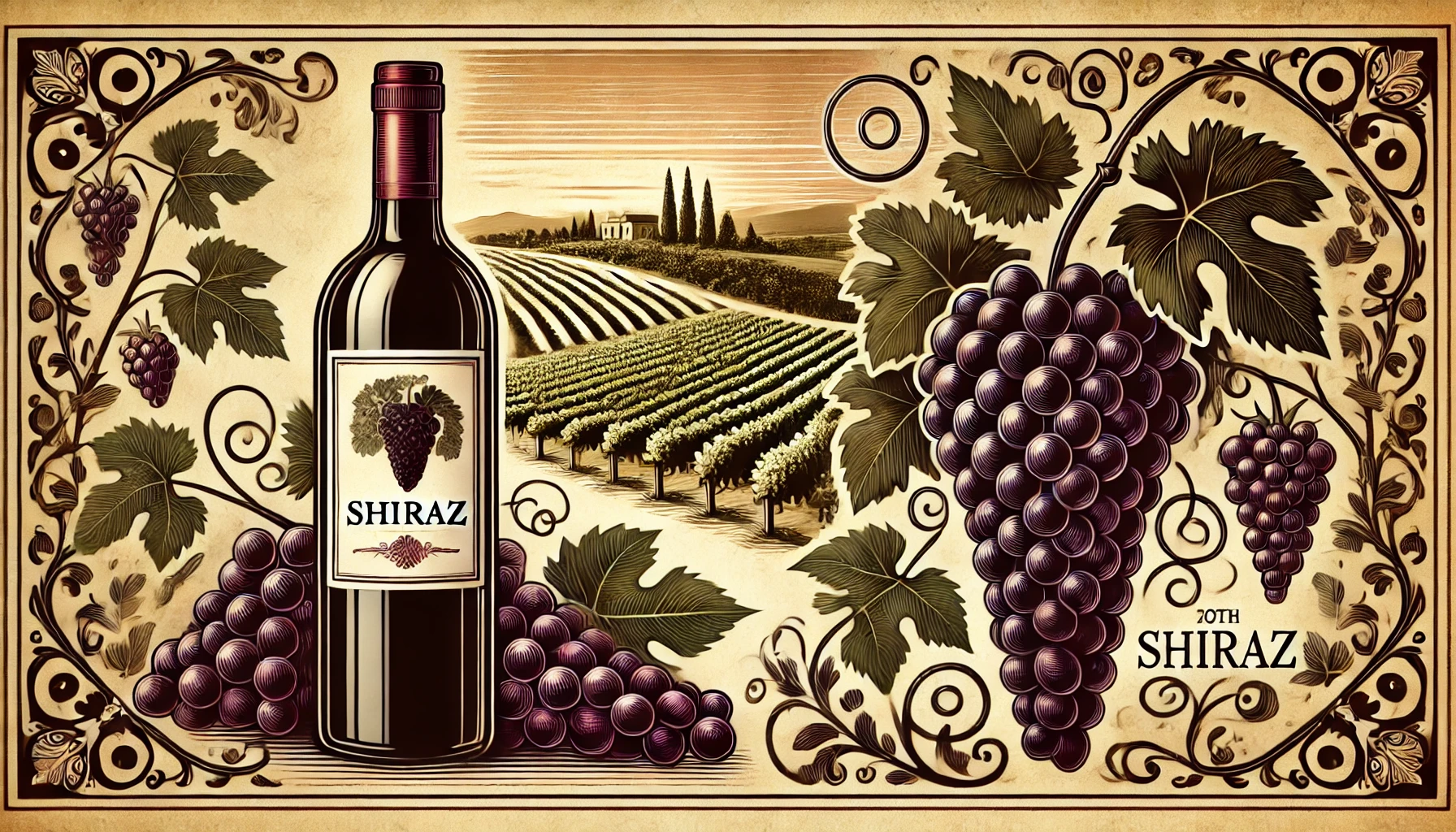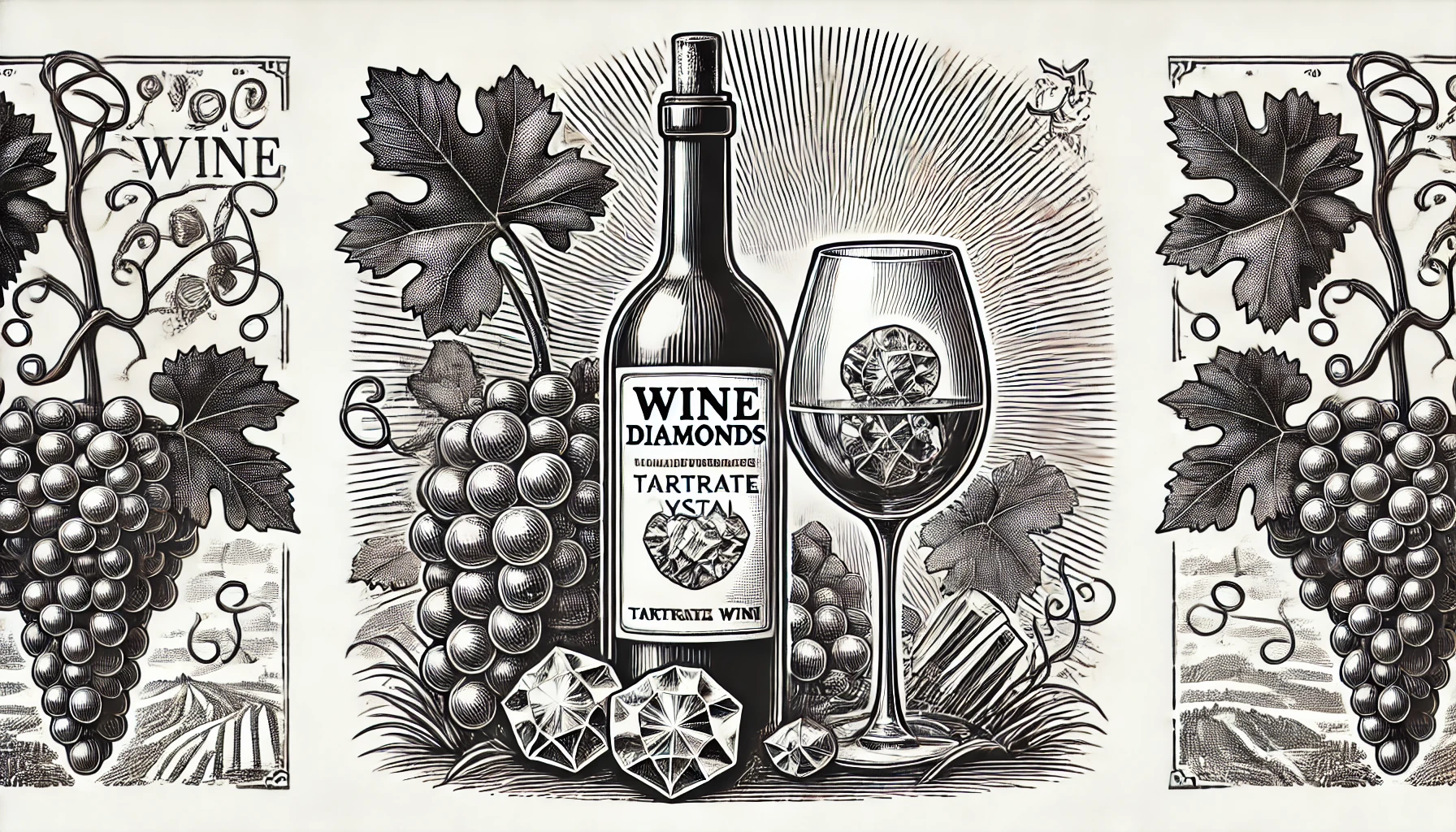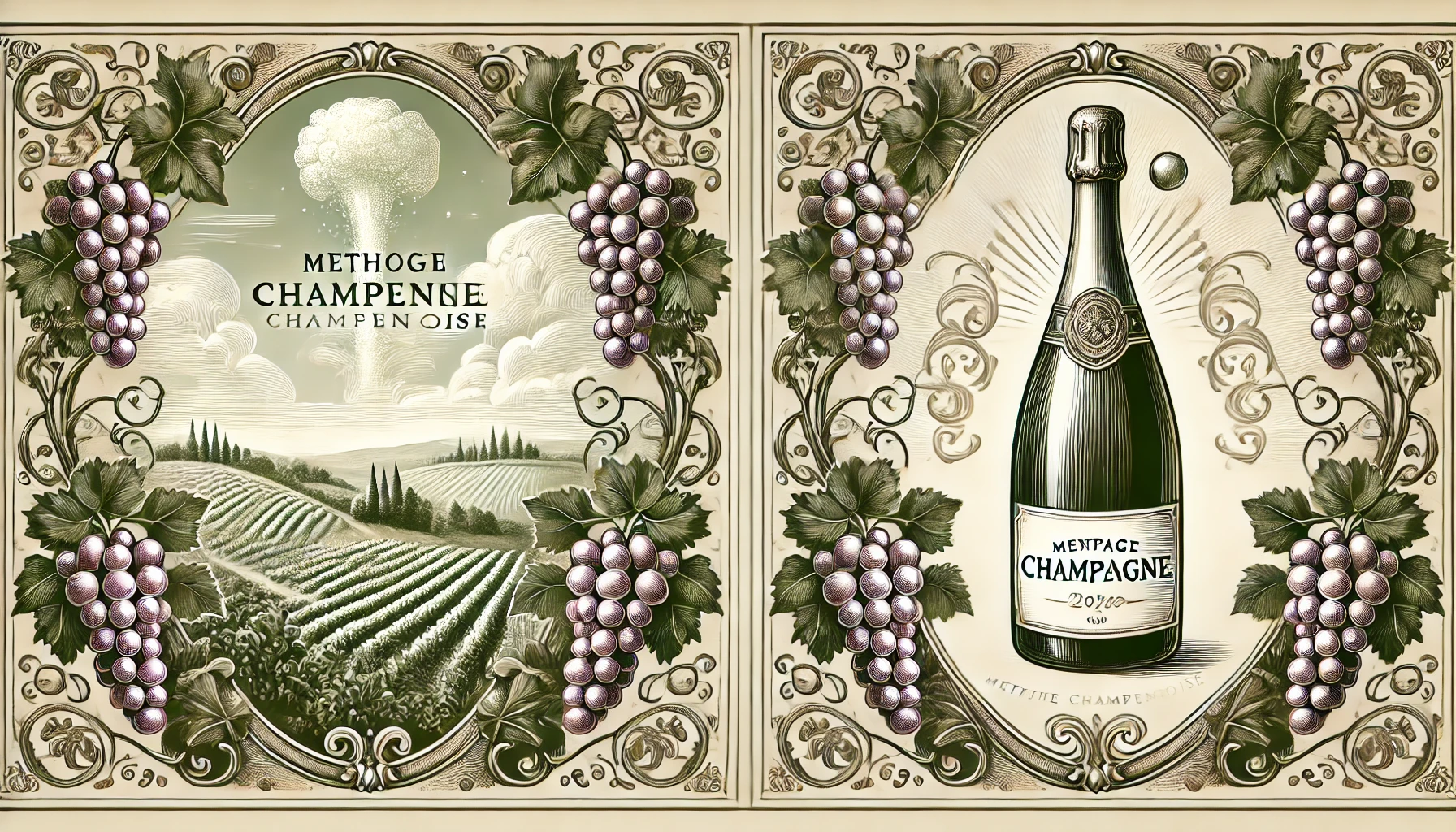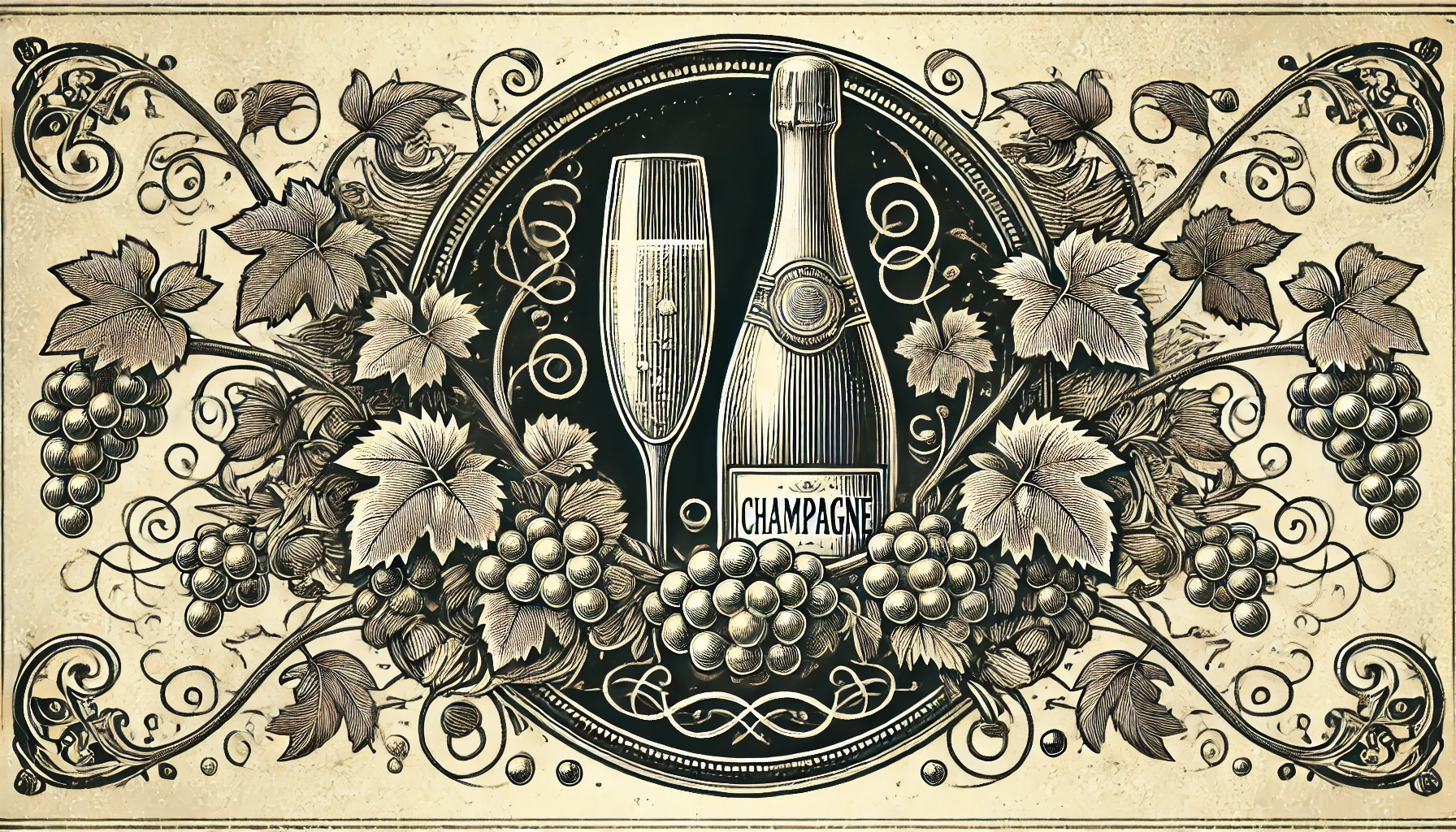
Autolysis is a natural process that occurs when yeast cells break down after fermentation. In winemaking, autolysis is particularly important in the production of sparkling wines, like Champagne. It adds complexity, depth, and texture to the wine, giving it unique characteristics.
After primary fermentation, winemakers leave the wine on its lees, which are the dead yeast cells. Over time, the yeast cells start to decompose, releasing compounds that enhance the wine’s flavor. These compounds include amino acids, proteins, and fatty acids. They contribute to rich, creamy textures and flavors like brioche, nuts, and toast. Autolysis can last for months or even years, depending on the winemaker’s goals. For example, non-vintage Champagnes might spend 15 months aging on lees, while vintage Champagnes could age for three years or more.
Autolysis Affects The Mouthfeel Of Sparkling Wine
The breakdown of yeast cells releases tiny bubbles, giving Champagne its signature fine mousse. This creamy texture sets Champagne apart from other wines. Winemakers monitor the process closely. They perform “riddling” to encourage yeast cells to settle in the bottle neck, preparing for disgorgement when the lees are removed.
Autolysis also impacts the aroma profile. It adds complexity with notes of bread, nuts, and sometimes umami. These characteristics enhance the wine’s aging potential. Sparkling wines with extended lees aging tend to have a longer shelf life and develop more interesting flavors over time.
While autolysis is most famous in Champagne, it’s also relevant in still wines. Some white wines, like Muscadet or Chardonnay, benefit from lees aging to gain texture and complexity. In all cases, autolysis requires patience and precision. Winemakers embrace this slow process to create wines that are layered, textured, and unforgettable.
Curious about more wine terms and insights? Visit our Wine Wiki section and explore the basic wine terms for expert definitions and tips!
